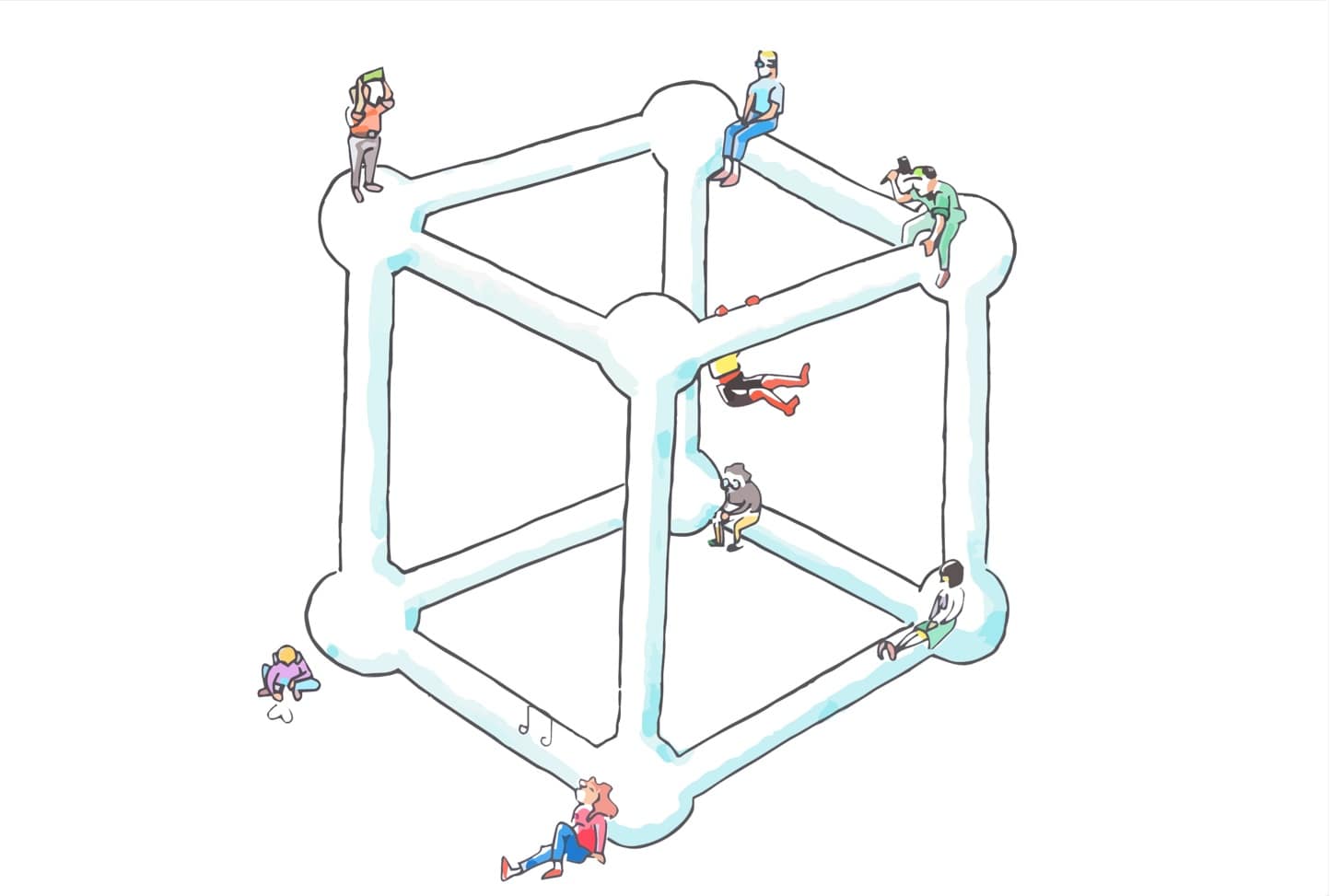
Mad or Bad? The Trial of the Assassin Guiteau
On July 2nd 1881, two shots were fired at Washington Railway Station. US President Garfield fell to the ground – severely wounded. Within minutes, a disheveled man by the name of Charles Julius Guiteau was apprehended nearby. He did not resist, admitted readily to the crime, and carried the revolver used in the shooting. There was no doubt that Guiteau was the assassin; but was he guilty?
It soon became clear that the assassin was a thoroughly confused man. Guiteau appeared erratic and deranged; pacing his cell while delivering mad speeches in which he voiced his conviction that he had done the American people a great favor. The people, however, were outraged and demanded the assassin’s head. Yet the authorities could not deliver the head without having it checked by psychiatric experts first: It needed to be established whether the assassin was fit for capital punishment or not guilty by reason of insanity.
A Trial on the Nature of Insanity
The ensuing trial was as much Guiteau’s as it was a trial of the nature of insanity. Along with the accused, the notion of mental disorder was dragged before the bench. What is insanity? What are its causes? How does it express itself? And, is the insane offender legally responsible? The experts who testified on Guiteau’s mental state disagreed on all of these issues.
The evidence … clearly suggested that Guiteau was suffering from moral insanity.
The prosecution experts, among them some of America’s most eminent asylum superintendents, claimed that Guiteau was sane which was evidenced by his careful planning of the attack. The defense experts, led by young, aspiring neurologist Edward Charles Spitzka, objected: The evidence (bad ancestry, skull deformation, somatic aberration, a distinct personal history of delusion) clearly suggested that Guiteau was suffering from moral insanity. The diagnosis of this controversial mental disorder and the biological line of argument were an affront to the superintendents: Neither was insanity heritable nor was there such a thing as moral insanity. The experts were at odds. In this imbroglio, Guiteau’s life was at stake: The decision between insanity and sanity to him meant a life in the asylum or an end to his life on the gallows.
A Historical Account of the Trial
In the book The Trial of the Assassin Guiteau, Charles E. Rosenberg provides a description of the transient mental disorder concept of moral insanity in its distinct historical context, a thorough analysis of clashing psychiatric doctrines personified in the quarreling professionals, as well as a didactic play on experts’ subjectivity and its practical consequences. But first and foremost, the book is an excellent case study on expert disagreement and scientific controversy. Professionals’ public questioning of their colleagues’ skills and the dispute on criteria, tests, and evidence for insanity revealed the contested nature of psychiatry at the time. The lack of scientific consensus resulted in a plethora of contradictory expert opinions.
The book is an excellent case study on expert disagreement and scientific controversy.
With Guiteau in the focus, the predicament of the psychiatric profession became visible: Despite nescience and disagreement on the most fundamental issues, experts had to make decisions with radical consequences for the accused. The experts’ justifications of their assessments of Guiteau and their attacks on their opponents form the heart of the book. The academic debates are presented against the backdrop of a compelling plot, featuring a quirky murderer, an ambitious neurologist, patriarchal asylum superintendents, shrewd lawyers, and a vindictive public. The balanced combination of well-researched historical background information, a detailed account of the experts’ argument, and the riveting narration of the trial constitute the main drawing points of The Trial of the Assassin Guiteau.
Still Relevant Today
Though the book is an historical analysis of the 1880s and was originally written in 1968, neither its content nor its key statements are outmoded. The example of moral insanity reminds us that mental disorder concepts were – and are – embedded in specific socio-historical contexts (e.g. homosexuality was classified as a mental disorder in the Diagnostic and Statistical Manual of Mental Disorders (DSM) until the 1970s).

The cover of Rosenberg, C. E. (1968). The Trial of the Assassin Guiteau: Psychiatry and Law in the Gilded Age. Chicago, IL: University of Chicago Press.
Admittedly, the book’s conclusions cannot be extrapolated to other times and places. However, the presented account of uncertainty in forensic psychiatry is instructive for understanding a persistent problem of the discipline: the diagnosis of mental disorder and its relation to legal responsibility. As new penal codes, psychiatric concepts (antisocial personality disorder, psychopathy), and technologies (functional magnetic resonance imaging) enter the courtroom, it is well worth remembering the fate of Guiteau, who was hanged in 1882, to comprehend the complexities in the psychiatric evaluation of human wrongdoing.
Featured Image
Description from Wikimedia Commons: An engraving of James A. Garfield’s assassination, published in Frank Leslie’s Illustrated Newspaper. The caption reads “Washington, D.C.—The attack on the President’s life—Scene in the ladies’ room of the Baltimore and Ohio Railroad depot—The arrest of the assassin / from sketches by our special artist’s [sic] A. Berghaus and C. Upham.”
President Garfield is at center right, leaning after being shot. He is supported by Secretary of State James G. Blaine who wears a light colored top hat. To left, assassin Charles Guiteau is restrained by members of the crowd, one of whom is about to strike him with a cane.
Published 1881-07-16, Public Domain.
Further Reading
Schirmann, F. (2013). Badness, madness and the brain – the late 19th-century controversy on immoral persons and their malfunctioning brains. History of the Human Sciences, 26(2), 33-50. doi:10.1177/0952695113482317




Felix,
The book sounds like a fascinating read and reminded me of a similar story in the 21st century I heard recently on Radiolab:
-Tassos